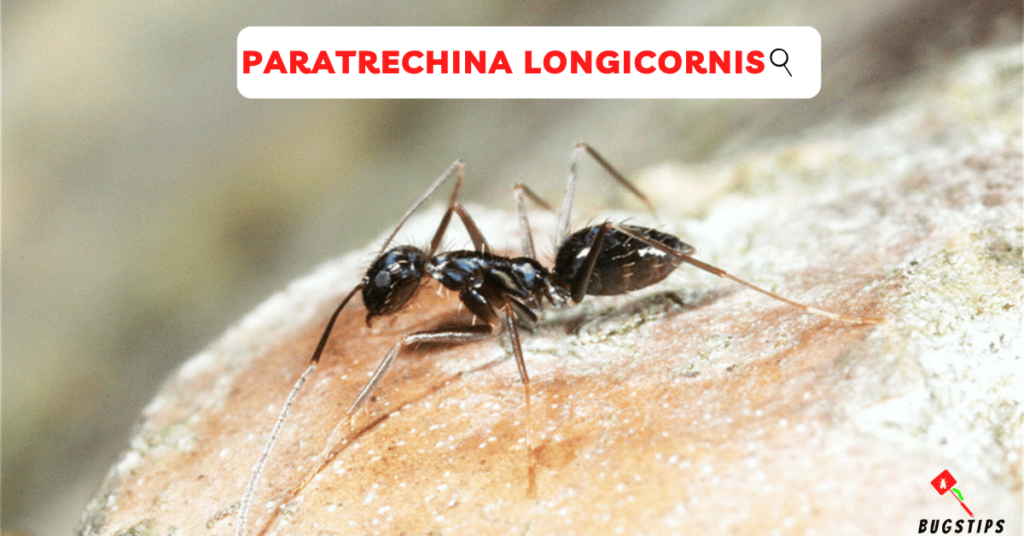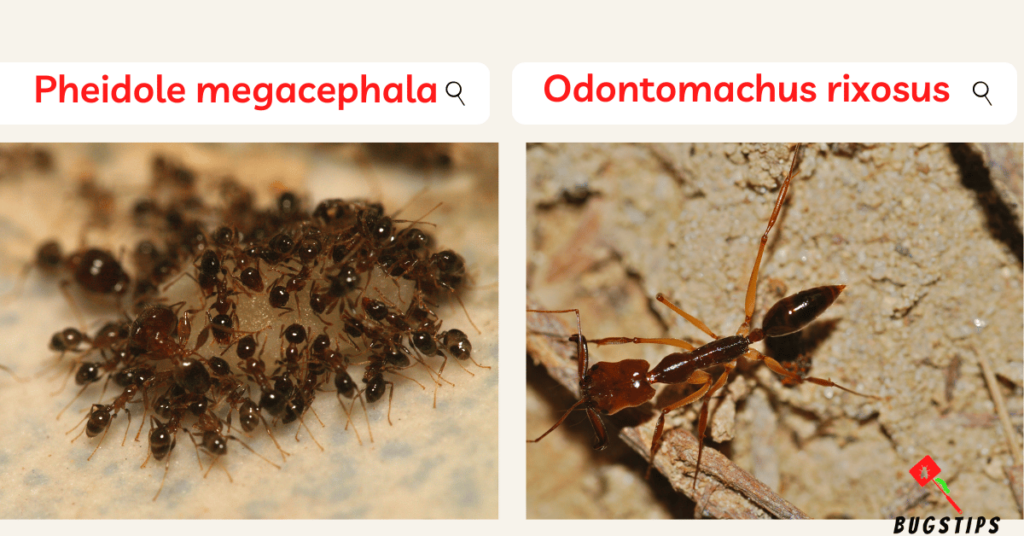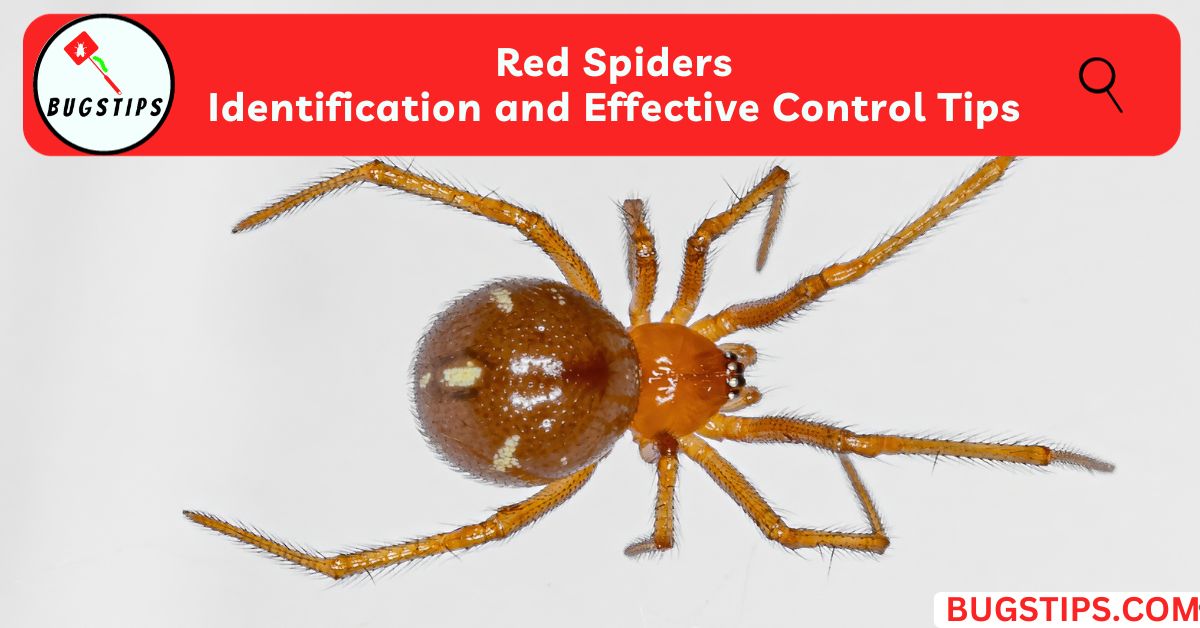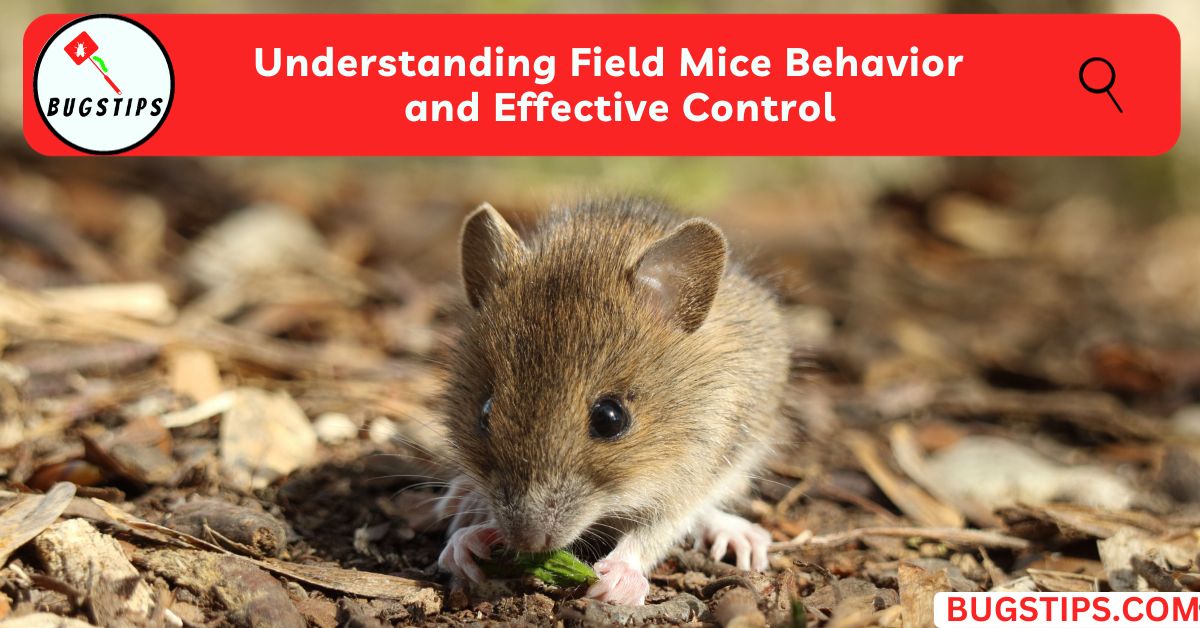This post may contain affiliate links which means as an Amazon Associate, this site may earn a small commission on qualified purchases made through links at no extra cost to you. Learn more on Affiliate Disclosure

Are you tired of finding ants crawling all over your delicious bananas? You might have heard that banana peels can be used as a natural remedy for ant control. But have you ever wondered if ants actually eat bananas? And if they do, how do you prevent them from ruining your fruit?
It turns out that not all species of ants can digest bananas. However, the ones that can are certainly attracted to their sweet taste. If you’re dealing with an ant problem around your bananas, don’t worry – there are a number of effective solutions.
In this article, we’ll answer the question “Do ants eat bananas?” and provide you with 6 tips to keep these pesky insects away from your fruit. From natural insecticides to simple home remedies, we’ve got you covered. So, let’s dive in and learn how to protect your bananas from ants.
Do Ants Eat Bananas?
If you’re wondering whether ants eat bananas, the answer is yes. Ants are attracted to sweet things, including fruits like bananas. However, not all species of ants can actually digest bananas. Certain types of ants have enzymes that allow them to break down the sugars in the fruit and use it for energy.
Ants may also be attracted to bananas because of their high moisture content. They can obtain moisture from the fruit to survive, especially in dry environments.
If you find ants near your bananas, it’s important to take action to keep them away. While they may not harm the fruit itself, their presence can contaminate it and make it less appetizing for human consumption. Keep reading to learn more about effective ways to protect your bananas from ant infestations.
Related Article – Do Ants Eat Worms? 8 Fascinating Facts That Will Amaze You!
Why Are Ants Attracted to Bananas?
Ants are known for their love of sweet things, and bananas are no exception. The primary reason why ants are attracted to bananas is due to the fruit’s high sugar content. Bananas contain natural sugars that appeal to ants and other insects, making them a desirable food source.
But it’s not just the sugar content that makes bananas appealing to ants. Bananas also emit a distinct odor that can attract ants from far away. This odor is created by chemicals in the fruit, which is released as the banana ripens.
Ants are also attracted to the moisture that bananas provide. As bananas ripen, they become softer and moister, which can create an ideal environment for ants to feed and nest.
So the combination of sugar, odor, and moisture makes bananas a particularly appealing food source for ants. Understanding why ants are attracted to bananas can help you take steps to keep them away from your fruit stash.
How Do Ants Eat Bananas?
Ants have a unique way of consuming bananas that involve a combination of physical adaptations and social behavior. Firstly, they use their strong mandibles to puncture the skin of the banana and release the sweet juice within. This juice is then transported back to their colony where it is shared with other ants.
Once back at the colony, the ants regurgitate the banana juice into the mouths of other ants who then transport it deeper into the colony. This sharing of food is essential for the survival of the colony and helps to ensure that all members have access to the necessary nutrients. And the high sugar content of bananas provides a quick source of energy for the ants, making them even more attracted to this sweet fruit.
How Ants Work Together to Transport And Share Bananas Within Their Colony
Ants are social insects that live in colonies, and they have a complex system of communication and division of labor. When it comes to food, ants work together to transport and share it within their colony. This includes bananas, which are a sweet and nutritious source of energy for ants.
Ants have a sophisticated communication system that allows them to coordinate their efforts to find and transport food. They leave scent trails that other ants can follow to locate food sources. Once a food source is found, ants work together to carry it back to their nest. This can involve a chain of ants passing the food from one to the other until it reaches the nest. In the case of bananas, ants will often bite off small pieces and carry them back to the nest to be shared with the rest of the colony.
Types of Ants That Eat Bananas
Ants are fascinating creatures that come in various species, each with its own unique behaviors and preferences. When it comes to eating bananas, Not all species of ants are able to digest fruit, and therefore not all ants eat bananas. However, in the presence of a lack of other food sources, ants may turn to bananas as a potential food option. While there is no specific type of ant that exclusively eats bananas, there are some ant species that have been known to be associated with banana consumption.
There are several species of ants that have a taste for bananas, including:
Paratrechina longicornis

Also known as the Longhorn crazy ant, this species is native to Africa but has spread to other parts of the world. They are known for their erratic movements and are attracted to sweet substances such as honey and fruit. Other than bananas, they have also been observed feeding on watermelon and other types of fruit. They are known for their erratic behavior and can be difficult to control once they infest a home or property.
Nylanderia fulva and Nylanderia pubens

Nylanderia fulva and Nylanderia pubens, commonly known as tawny crazy ants and hairy crazy ants respectively, are two closely related ant species that are native to South America but have spread to many parts of the world. They are known for their rapid movement and can easily overrun a property. Like many other ant species, they are attracted to sweet foods like bananas and will readily feed on them.
Anoplolepis gracilipes
Anoplolepis gracilipes, they are also known as the yellow crazy ant, is a species of ant that is native to Madagascar but has been introduced to many other parts of the world. These ants are known for their aggressive behavior and will fiercely defend their nests and food sources. They are attracted to fruits like bananas and will readily infest banana bunches to feed on flower nectaries and honeydew secreted by sap-feeding arthropods.

Oecophylla smaragdina
Also known as the weaver ant or green ant, is a species of ant that is native to Southeast Asia and Australia. These ants are known for their unique nesting behavior and use living leaves to construct their nests. They are also known for their preference for sweet foods like nectar and honeydew and will readily feed on ripe bananas.
Pheidole megacephala
Pheidole megacephala, also known as the big-headed ant, is a species of ant that is native to Africa but has spread to many parts of the world. These ants are known for their large, distinctive heads and are attracted to a wide range of foods, including bananas. They are known to form large, multi-queen colonies and can quickly become a nuisance if left unchecked.

In addition to these species, there are several others that have been observed feeding on bananas. These include the Odontomachus rixosus, also known as the trap-jaw ant, which uses its powerful mandibles to capture and subdue prey. The Pheidole megacephala, or the big-headed ant, is another species that has been observed feeding on bananas, along with a number of other fruits and sugary substances.
So there are many different species of ants that have a taste for bananas, and their impact on banana crops can be significant. Understanding the behavior and feeding habits of these ants can be important for managing infestations and protecting crops.
Can Ants Eat Raw Bananas or Ripe Bananas?
Ants are attracted to bananas for their high sugar content, but can they eat raw bananas? Raw bananas are not as appealing to ants as ripe bananas due to their tough outer layer. While some ants may attempt to consume raw bananas, they will likely have difficulty breaking through the outer layer and accessing the softer inner flesh.
In terms of nutritional value, raw bananas contain complex carbohydrates that ants can break down and use as an energy source. However, ripe bananas are a better source of nutrition for ants due to their higher sugar content. The ripening process breaks down complex carbohydrates into simpler sugars, making them more accessible for ants to digest. Ripe bananas also contain more antioxidants and minerals than their raw counterparts, making them a more nutritious option for ants.
The tough outer layer of raw banana skins also poses a challenge for ants. While some species of ants have strong mandibles that can break through the skin, many ants will only be able to access the inner flesh if the skin has been damaged or torn. This is why ripe bananas, with their softer skin and easier access to the flesh, are a more attractive food source for ants.
While ants can technically eat raw bananas, they are not the most appealing food source for them. Ripe bananas, with their higher sugar content and easier accessibility, are a better option for ants looking for a sweet treat.
Do Ants Eat Banana Peels?
Banana peels are a common household waste product that can actually serve as a valuable food source for ants. The outer layer of the banana peel is composed of tough, fibrous material that can be difficult for ants to break down, but the inner layer contains valuable nutrients such as potassium, phosphorus, and magnesium. These nutrients can help to support the growth and development of ant colonies, making banana peels a valuable food source for these tiny insects.
Ants are known to break down banana peels using a combination of mechanical and chemical digestion. They use their mandibles to chew and shred the tough outer layer of the peel, exposing the softer inner layer. Once the inner layer is exposed, the ants use their saliva to break down the organic material, allowing them to access the valuable nutrients inside. This process of mechanical and chemical digestion can take several days, but eventually, the ants are able to consume the entire peel.
So banana peels are not harmful to ants and can actually provide them with important nutrients that support their growth and development. In fact, some gardeners and farmers use banana peels as a natural way to attract ants to their gardens, which can help to control pests and improve soil health. However, it is important to note that banana peels should not be the primary source of food for ants, as they require a balanced diet that includes a variety of other food sources.
Ants Nesting Near Banana Plants:
Banana plantations provide an ideal environment for many species of ants to thrive. Some ants, such as the Weaver ant (Oecophylla smaragdina), are known to build their nests in banana trees, while others may prefer to nest in the soil around the base of the plants.
Factors that attract ants to banana plantations include the availability of food sources such as ripe and overripe bananas, as well as honeydew and nectar produced by other insects that may infest the banana plants. In addition, banana plantations provide a warm and humid environment, which is favorable for ant survival and reproduction.
There are several species of ants that are commonly found nesting near banana plants, including the aforementioned Weaver ant, as well as the Argentine ant (Linepithema humile) and the Crazy ant (Paratrechina longicornis). These ants may form large colonies that can have a significant impact on the banana crop and the surrounding ecosystem.
While ants nesting near banana plants may provide some benefits such as controlling other pests that may damage the crop, they can also pose potential risks. Ants can cause damage to banana plants by feeding on the sap or the tender shoots of the plant. In addition, ants may attract other pests such as aphids and mealybugs that secrete honeydew, which in turn attracts more ants.
Also, some ant species such as the Crazy and have been known to displace native ant species and disrupt the natural balance of the ecosystem. Ants nesting near banana plants can also be a nuisance to workers in the plantations and may pose a threat to human health by stinging or biting.
Ants Found on Banana Trees
As we have discussed before, ants are commonly found near banana plants due to their attraction to the sweet fruit and the protection provided by the plant. But what about ants on the banana trees themselves? Can ants be found on banana trees, and if so, why do they attack them?
The answer is yes, ants can be found on banana trees. In fact, some species of ants are known to inhabit and even defend banana trees from other pests. These ants are attracted to the sugary sap produced by the banana tree and can often be found crawling on the trunk, branches, and leaves.
However, not all ants found on banana trees are beneficial. Some ants, such as the aggressive red fire ants, can actually cause damage to the banana tree by tunneling into the soft bark and causing girdling, which can ultimately kill the tree. Other ants may simply be feeding on insects or other organisms found on the tree without causing harm.
So why do ants attack banana trees? In some cases, ants may be defending the tree from other pests such as caterpillars or aphids that can damage the plant. They may also be attracted to the sugary sap produced by the tree. However, if the ant population becomes too large, it can become a nuisance and cause damage to the tree.
So ants can be found on banana trees for various reasons, including attraction to the sugary sap and defense against other pests. While some species of ants can be beneficial to the tree, others can cause damage and become a nuisance. It is important to monitor and populations of banana trees and take appropriate measures to control them if necessary.
How to Stop Ants From Eating Bananas
Ants can be a persistent problem for those who enjoy eating bananas or simply have them in their homes. Fortunately, there are several simple and effective methods for preventing ant infestations on your bananas.
- Store bananas properly: Keep bananas in sealed containers or wrap them in plastic wrap to prevent ants from smelling and accessing them.
- Clean up spills and crumbs: Ants are attracted to sweet and sticky substances, so it’s essential to clean up any spills or crumbs promptly. Use vinegar and water solution to wipe down surfaces and make them less attractive to ants.
- Use ant repellents: Various ant repellents, such as peppermint oil, cinnamon, or citrus, can deter ants from invading your bananas. Spray these natural repellents around the areas where ants are commonly found.
- Set up ant baits: Ant baits contain a sweet and toxic substance that attracts ants, causing them to take the bait back to their colony and eliminate the entire ant colony. Place the baits around the perimeter of the affected area.
- Place sticky barriers: Sticky barriers, such as double-sided tape or petroleum jelly, can prevent ants from crawling up surfaces and accessing the bananas.
- Call in professional help: If the ant infestation is severe and none of the above methods are effective, consider calling a professional exterminator to assess and treat the problem.
By following these steps, you can effectively prevent ants from eating your bananas and keep your home and pantry ant-free.
Final Thoughts
Ants are naturally attracted to bananas due to their high sugar content, and can quickly become a nuisance if left unchecked. However, there are many simple and humane methods to prevent ants from eating your bananas and keep them out of your home. By understanding the factors that attract ants to bananas and implementing effective prevention strategies, you can enjoy your favorite fruit without having to share it with unwanted guests. Remember to keep your bananas stored properly, clean up spills and crumbs promptly, and use natural deterrents like essential oils or vinegar to keep ants at bay. With a little effort and attention, you can successfully prevent ant infestations and enjoy your bananas in peace.
FAQ
Do carpenter ants eat bananas?
Carpenter ants are known to consume a variety of foods, including insects, sugar-rich foods, and even plant materials. While bananas are not typically a preferred food source for carpenter ants, they may still consume them if they are available and other food sources are scarce.
Do ripe bananas attract ants?
Yes, ripe bananas can attract ants due to their high sugar content. Ants are drawn to sweet and sugary foods, and ripe bananas can provide a rich source of nutrients for them.
Are bananas toxic to ants?
Bananas are not inherently toxic to ants, but like any food, consuming too much of them can lead to health problems and even death. and bananas can attract other pests that may harm ants or compete with them for resources.
Do ants hate bananas?
Ants do not necessarily hate or dislike bananas, but they are attracted to them due to their sweet and sugary nature. Ants have a strong sense of smell and can detect the presence of sweet foods from a distance, which is why they may be commonly found near ripe bananas.
Do banana peels repel ants?
Banana peels have been known to contain compounds that repel ants and other pests, making them a potential natural pest repellent in the garden. However, there is limited scientific research to support this claim, and the effectiveness may vary depending on the type of ant and other factors. It is important to note that simply placing banana peels around an area may not completely eliminate ant infestations, and other pest control methods may need to be employed as well.
Do ants eat banana leaves?
While ants are not known to specifically target banana leaves as a food source, they may consume them if other food sources are limited. However, banana leaves are not typically a preferred food for ants, and they are more commonly used for shelter or nesting purpose
Resources – (for further reading)
Paratrechina longicornis – AntWiki
Nylanderia fulva and Nylanderia pubens – Wikipedia
Anoplolepis gracilipes – AntWiki



